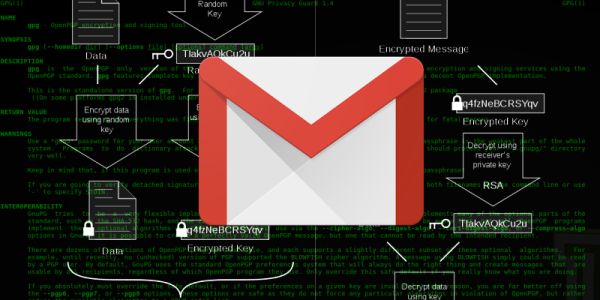Encryption is one of the pillars of modern-day communications. You have devices that use encryption all the time, even if you are not aware of it. There are so many applications and systems using it that it’s hard to begin enumerating them. Ranging from satellite television to your mobile phone, from smart power meters to your car keys, from your wireless router to your browser, and from your Visa to your Bitcoins — the list is endless.
One of the great breakthroughs in the history of encryption was the invention of public key cryptography or asymmetrical cryptography in the 70’s. For centuries traditional cryptography methods were used, where some secret key or scheme had to be agreed and shared between the sender and the receiver of an encrypted message.
Asymmetric cryptography changed that. Today you can send an encrypted message to anyone. This is accomplished by the use of a pair of keys: one public key and one private key. The key properties are such that when something is encrypted with the public key, only the private key can decrypt it and vice-versa. In practice, this is usually implemented based on mathematical problems that admit no efficient solution like certain integer factorization, discrete logarithm and elliptic curve relationships.
But the game changer is that the public key doesn’t have to be kept secret. This allows cryptography to be used for authentication — proving who someone is — as well as for encryption, without requiring you to have previously exchanged secrets. In this article, I’ll get into the details of how to set yourself up so that anyone in the world is able to send you an e-mail that only you can read.
Continue reading “Practical Public Key Cryptography”












